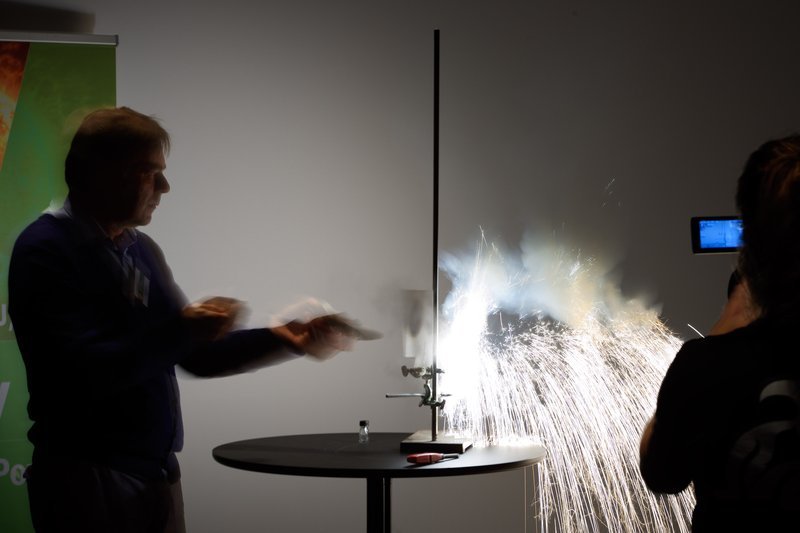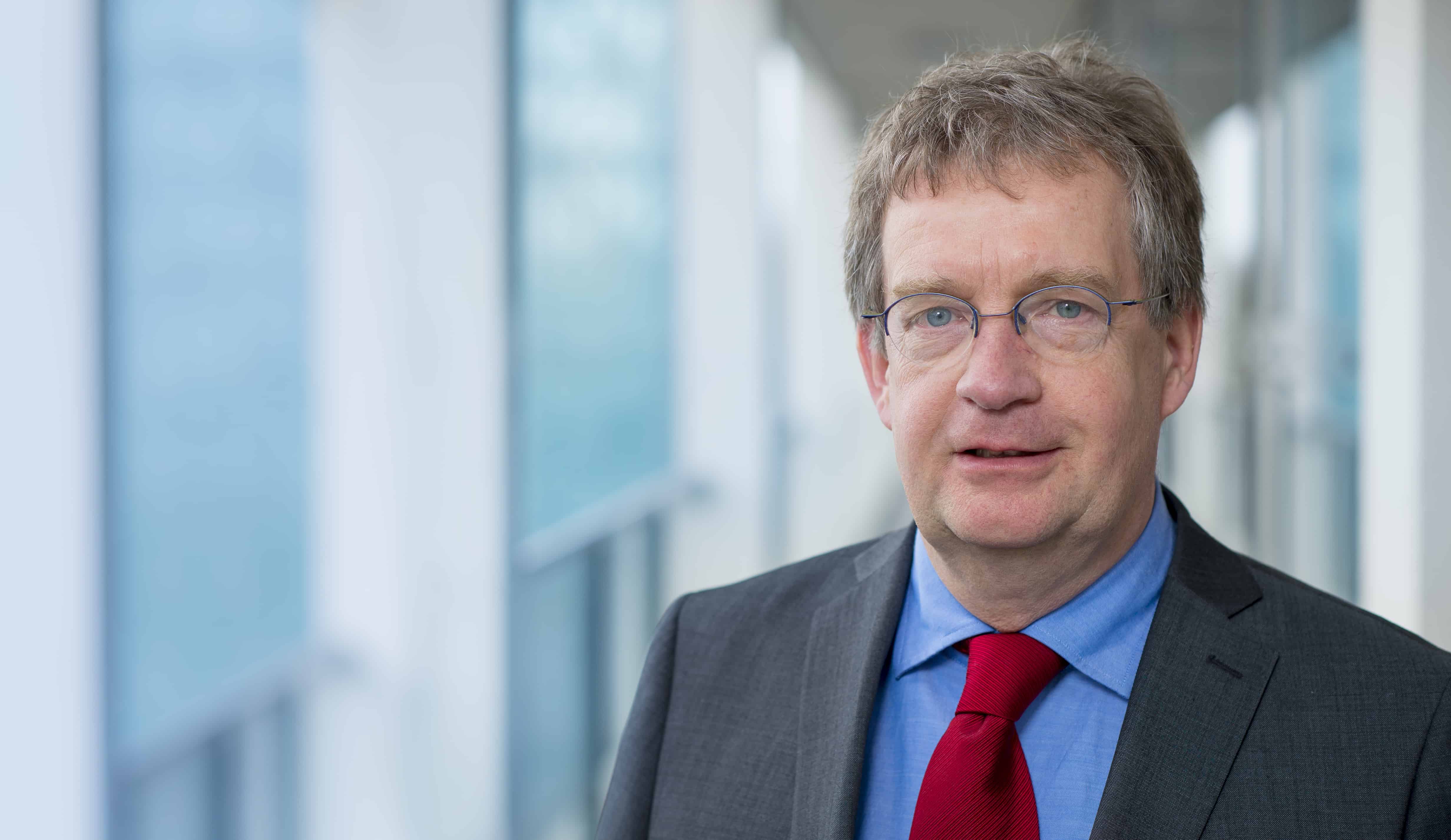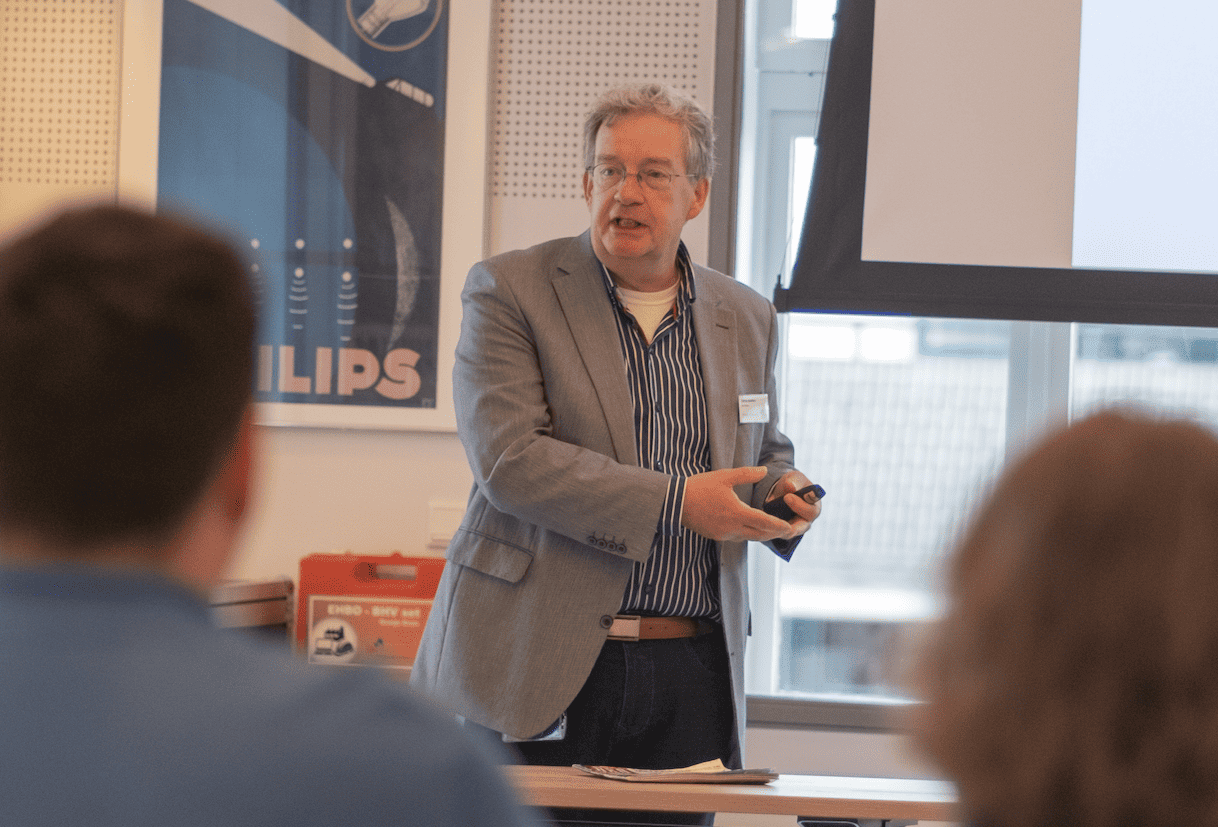
As long as I remember, I have had a great fascination for fire. As a child, I was already working with magnifying glasses, lighters, and matches. New Year’s eve could not last long enough. During my student days, Christmas dinners were closed with a burning Christmas tree in the fire basket. In hindsight, it is a miracle that no accidents have happened.
Recently, I have had the opportunity of working with Philip de Goey. His research focuses on the burning of metals, so-called Metal Fuels. Grist on the mill for this amateur pyromaniac.
In 5 to 10 years, Philip wants to translate his Metal Fuels into all kinds of applications in the field of sustainable energy. Philip dreams of using his Metal Fuels power stations to operate renewable energy plants. He also hopes to be able to use the Metal Fuels as an alternative to the polluting fuel oil currently used in large container ships.
The transition from fossil fuel to renewable energy is a life-size challenge. Renewable energy follows the weather. No sun or wind, no energy.
Storage is the answer and this is already being used for a lot of applications. Think of the electric cars of Tesla and the Power Walls in houses. But batteries are insufficient for large energy-guzzling applications such as power stations, shipping, and heavy transport. Metal Fuels will solve this problem.
Metal Fuels is actually nothing more than metal powder. When you burn this, the energy is released and you get metal oxide. This metal oxide can be converted into metal powder by adding energy. The process is CO2-free and enables us to store renewable energy in large quantities in a sustainable manner. Furthermore, the metal powder is much more compact than batteries, even when you travel around the world on a container ship.
In the laboratories of the Eindhoven University of Technology, researchers are now playing with fire, passionately but on a small scale. The flame must be burned in a controlled manner and the metal oxide must be properly captured. The team of researchers is supported by the 12-student strong team Solid and good results are already achieved. When the lab work is complete, the transition to the Metalot Campus will be made.

At the Metalot Campus, the big work can begin. On the campus, the students, researchers, and the business community will carry out real-life experiments. The goal is to build a mini Metal-Fuel power plant as a demonstration model.
Metalot is now under development but is becoming the hotspot in the field of sustainable energy. This unique ecosystem brings researchers, students, industry, and governments together to bring technologies such as Metal Fuels to market. Metalot has everything a technology like Metal Fuels needs: a solar park, metalworking industry, top researchers, lab facilities and lots of space in the business park.
Personally, I can’t wait to see the setup running.
Fränk de Jong is the founder of the Innovation Advice Office The Future. From this capacity, he comes into contact with many innovative parties. Together with Philip de Goey, he looks at the development of Metalot Circularity Center Cranendonck (Metalot3C), the development of Metal Fuels and its financing.
(Photo (c) Bart van Overbeeke)








